What does CGI mean? CGI stands for Common Gateway Interface . This is a standard way for webhosting servers to interface executable scripts with end users. Most of the hosts does not allow to execute those scripts outside the CGI-BIN folder. […]
Posts by seemab:

How to Upgrade Ubuntu 14.04 LTS to Ubuntu 16.04 LTS
Ubuntu is Linux operating system widely used for Desktop as well as Server edition. Ubuntu is providing two types of releases Standard release and Long Term Support (LTS) release. […]
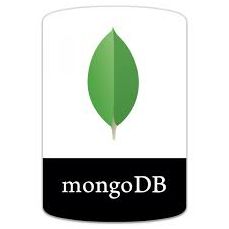
How to Create and Drop Users in MongoDB
MongoDB is a non-sql database server. The default installation provides you the access of database using command line without authentication. In this tutorial I will show how to create users in Mongodb server with proper authentications. […]
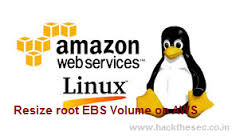
How to Resize root EBS Volume on AWS Linux Instance
I have created a new CentOS Linux machine. I have selected 50GB of root volume during creation of instance but when system came online it was displaying only 8GB of disk is usable. […]

How to Enable Swap on Ubuntu systems
Swap is very useful for those systems which required more RAM If memory is full services got crashed due to insufficient memory. In this situation system required more RAM to run applications properly as it check for swap space and transfer files there. […]
How to Deny/Allow Access for Users & Groups in OpenSSH
For security reasons many times we need to restrict or allow SSH access for specific Users or Groups. OpenSSH has two directives for allowing and denying ssh user access. […]

How to Edit Magento Database Configuration File
Magento is a most popular eCommerce software application. In this article you will show you how to get details about Magento configuration file. […]
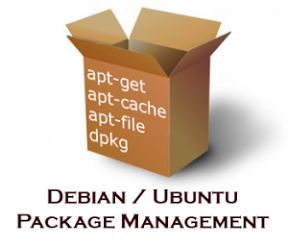
How to Find Installed Package Details on Ubuntu and LinuxMint
Ubuntu and LinuxMint is the most favored Linux program used for Desktops . If you are also a customer of Ubuntu or LinuxMint or Debian os and want to know the installed package information or version, this article will help you. […]
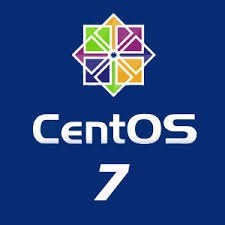
How to Install Apache 2, PHP7 and MariaDB 10.2 on CentOS 7.x
In this tutorial, I’m going to focus on work from the command line to install Apache PHP7 and MariaDB on Linux. This will be the same for all version of Linux – only the package manager will be different. […]
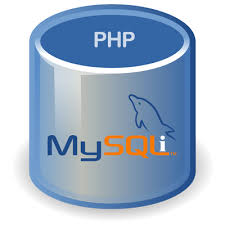
How to Install MySQL Server Instead of MariaDB on CentOS
If you try to use “yum” to install MySQL on CentOS, you’ll find that it actually installed MariaDB. Generally, MariaDB is a fork of MySql after it went under Oracle’s management. […]